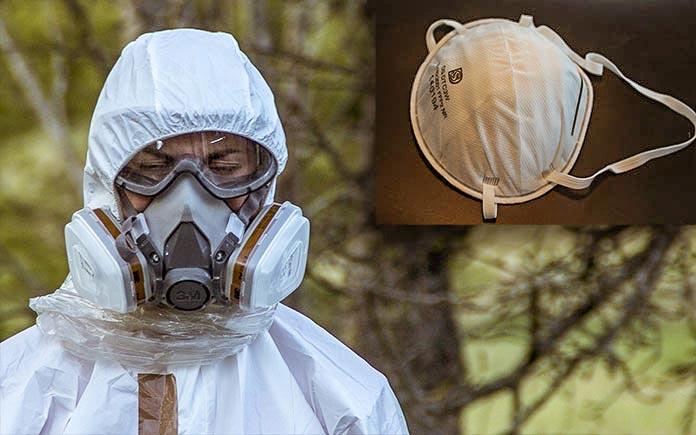Medical Qualification for Respirator Use | an Essential Component of Respiratory Clearance

History is replete with examples of how expediency and cost considerations have resulted in occupational health practice lagging years, decades, and even centuries behind advances in the science of protecting worker health. More egregiously, social injustice and political partisanship have persistently influenced occupational health and safety.
Wearing Respirators
Health care during the pandemic may trigger a need for initial evaluation or re-evaluation for respirator use. Some HCWs are wearing respirators for the first time, some are wearing negative pressure elastomeric respirators to conserve N95s, and others may have new symptoms associated with respirators that lead to respiratory intolerance. Workplace conditions have changed. Many HCWs are now wearing a respirator for entire shifts. They may also be wearing additional PPE that adds to their physiologic burden.
Evaluation
Medical evaluation for respirator use is designed to answer three questions: Can the individual safely wear a specific respirator while performing a particular job in the work environment? Will the worker comply with respirator use? What may be the consequences of failure to use the respirator properly?
A recent Cochrane review of qualitative evidence about HCW adherence to infection prevention guidelines for respiratory infections such as COVID-19 identified many distressing symptoms that can lead to respirator intolerance. These symptoms included difficulty breathing, feelings of suffocation, exhaustion, sweating, dizziness, backache, dehydration, and irritation as barriers to the use of respirators and other PPE.
Symptoms
These symptoms can result in respirator removal or adjustments by the user in a hazardous work environment that may result in HCW infection. During the current pandemic, this action threatens not only HCWs, but also their patients, coworkers, family, and the public. The challenge of prolonged respirator use emphasizes Petsonk's and Harber's point that respirators are the least effective, though still critical, component of the hierarchy of hazard controls. The common intolerance of respirators demands urgent attention to the design of more comfortable models.
A medical evaluation can help predict and respond to an employee's susceptibility to adverse effects from Respirator Clearance. The examiner provides recommendations about a worker's fitness for the safe use of a specific type of respirator for work tasks.5 The PLHCP may suggest accommodations such as the use of a PAPR rather than an N95 for an individual with claustrophobia or asthma or limitations in the duration of use.
Verdict
When accommodations are not possible or do not facilitate adherence to respirator use, the medical assessment may conclude that an individual should not be asked to work in a setting where a respirator is required. Medical evaluation of an individual for respirator use is an essential and legally mandated aspect of a respiratory protection program that has become more, not less, important to occupational and public health during the COVID-19 pandemic.
- Industry
- Art
- Causes
- Crafts
- Dance
- Drinks
- Film
- Fitness
- Food
- Jogos
- Gardening
- Health
- Início
- Literature
- Music
- Networking
- Outro
- Party
- Religion
- Shopping
- Sports
- Theater
- Wellness
- News


